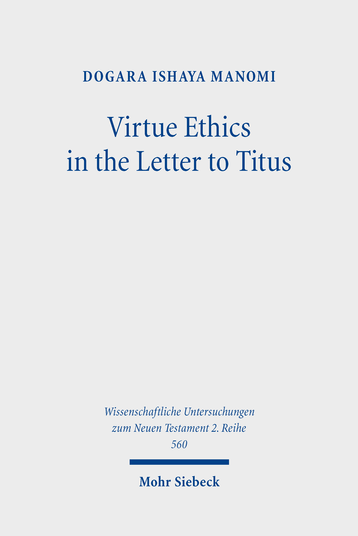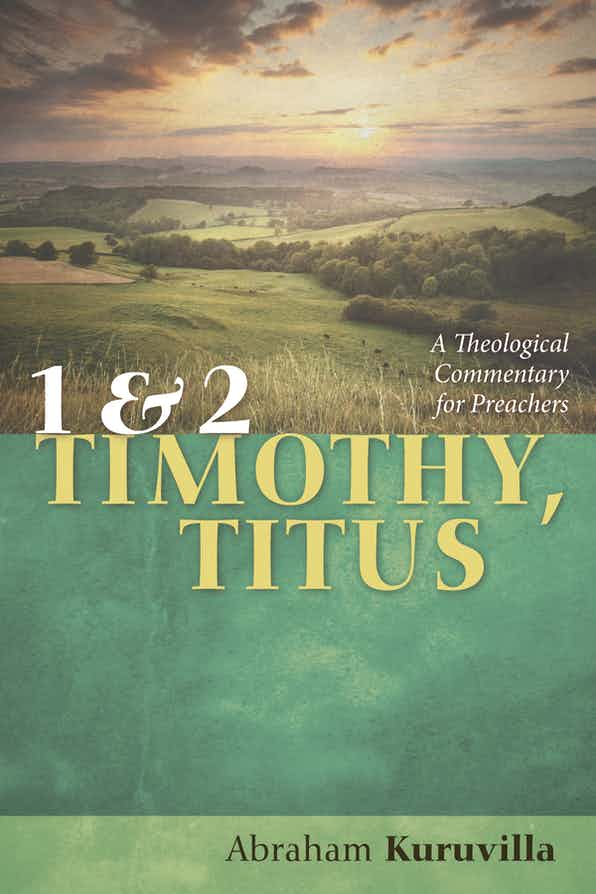The current issue of New Testament Abstracts lists the following entries which substantively engage the Letters to Timothy and Titus:
226. Hoag, Gary G. “Demystifying Gender Issues in 1 Timothy 2:9–15, with Help from Artemis.” Evangelical Review of Theology 44.3 (2020): 242–49.
227. Kidson, Lyn. “Fasting, Bodily Care, and the Widows of 1 Timothy 5:3–15.” Early Christianity 11.2 (2020): 191–205.
(p. 120) Theobald, Michael. “Von ‘Menchlichen Satzungen’ (Jes 29,13) Befreit: Eine nachpaulinische Tradition (Kol 2,20–23; Tit 1,14f) im Licht von Jesus-Worden (Mk 7).” Pages 95–120 in Bestimmte Freiheit: Festschrift für Christof Landmesser zum 60. Geburtstag. Edited by Martin Bauspieß, Johannes U. Beck, and Friederike Portenhauser. Arbeiten zur Bibel und ihrer Geschichte. Leipzig: Evangelische Verlagsanstalt, 2020.
(pp. 120–21) Wall, Robert W., and W. D. Shiell. Introduction and commentary for 1-2 Timothy in Baylor Annotated Study Bible: New Revised Standard Version. Edited by W. H. Bellinger and T. D. Still. Waco, TX: Baylor University Press, 2019.
(pp. 120-21) Wall, Robert W., and D. Brooks. Introduction and commentary for Titus in Baylor Annotated Study Bible: New Revised Standard Version. Edited by W. H. Bellinger and T. D. Still. Waco, TX: Baylor University Press, 2019.
(p. 132) Dettwiler, Andreas. “Pastoral Epistles.” Pages 19–26 in The Reception of Jesus in the First Three Centuries, vol. 2: From Thomas to Tatian: Christian Literary Receptions of Jesus in the Second and Third Centuries CE. Edited by Jens Schröter and Christine Jacobi. New York: Bloomsbury T&T Clark, 2020.
(pp. 141–42) Kidson, Lyn M. Persuading Shipwrecked Men: Rhetorical Strategies in 1 Timothy. Wissenschaftliche Untersuchungen zum Neuen Testament 2/526. Tübingen: Mohr Siebeck, 2020.


